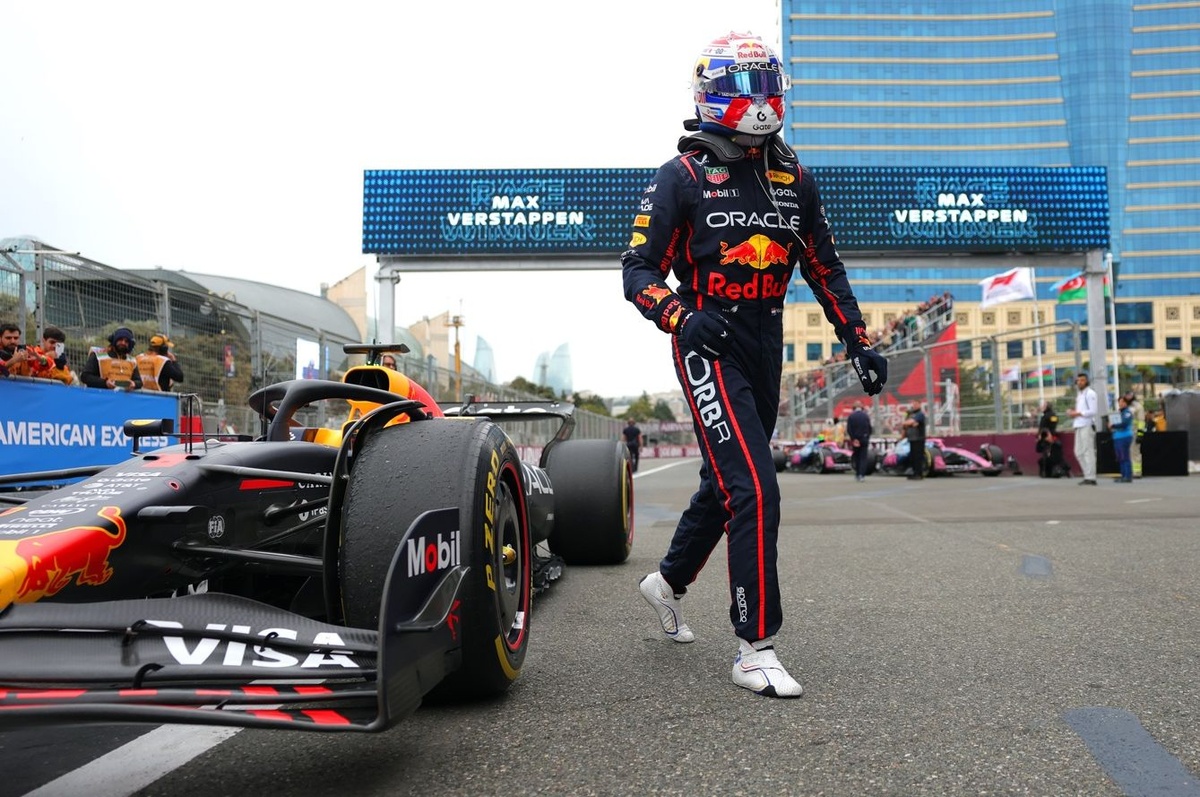Driver, strategist, executioner
Max Verstappen’s Azerbaijan GP was dominant on the stopwatch and decisive on the pit wall. As at Monza, where he pressed for an ultra-low downforce configuration against internal caution, the Red Bull driver again played a key role in crafting the winning approach in Baku, according to team principal Laurent Mekies.
The plan that beat Baku
Verstappen committed to the hard-tyre start, navigated an early Safety Car restart and then controlled the tempo to neutralise undercut threats. Autosport and Motorsport.com report that the Dutchman didn’t just endorse the plan – he drove it, influencing tyre selection and race phases as conditions evolved.
Vintage speed, clinical control
From Q3, when rain freckles tested confidence, to the race’s crucial middle stint, Verstappen’s pace edge was unmistakable. He led every lap, set the fastest lap and sealed a grand slam – his sixth, matching Lewis Hamilton. Only Jim Clark has more with eight. The emphatic display echoed his 2023 authority: calm under pressure, ruthless when it mattered.
Why it worked
Baku rewards commitment and clarity. Verstappen’s read of the track and tyres shortened Red Bull’s decision loop: fewer doubts, faster calls, tighter execution. The approach minimised vulnerabilities during pit windows and forced rivals to react on his terms.
Title picture and the road ahead
RacingNews365’s post-race debate asked whether this is the performance that drags Verstappen decisively back into the title frame. On this evidence, the reigning champion remains the grid’s pace benchmark – and, crucially, a strategic asset when the margins matter most.

